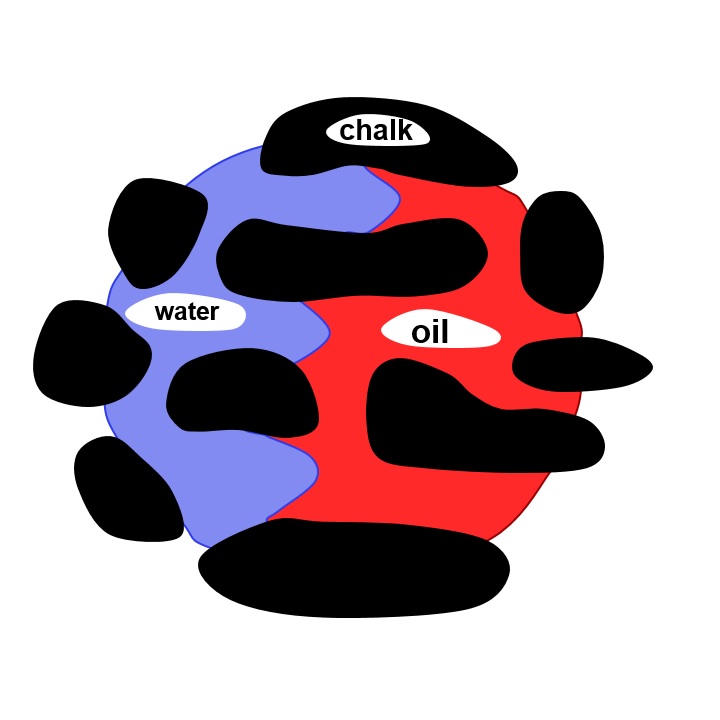Headline:
Pore-Scale modeling: An effective bridge to link small-scale rock-fluid interactions to two-phase flow and transport properties
World proved oil reserve gradually decreases due to growing global energy demand while the rate of replacement of produced reserves by new field discovery is declining. The focus on enhance oil recovery (EOR) from the existing fields has become more important in recent years. oil/brine/rock interactions happening at different spatial and temporal scales can lead to large variations in the displacement efficiency of modified salinity waterflooding which is an effective and attractive EOR method. However, the underlying mechanisms is still being debated. To predict large-scale flow properties of this two-phase system such as capillary pressure, and relative permeability, there has been a growing interest in recent years to start at the pore‐level where the oil/brine/rock interactions take place. Understanding the processes at pore level is essential to be able to build models on a larger scale and make predictions from these models.
This project is an integrated part of the advanced water flooding programme with the focus on improving oil recovery in chalk reservoirs in the Danish part of the North Sea. The water injectivity in the oilfields wells poses a growing challenge. The reduction in injectivity can be due to a number of issues including chemical or microbial skin formation, plugging by particular matter in the injection water or precipitation of fines. This project includes fundamental and applied research on understanding of upscaling of multiphase flow on scales ranging from the pore‐ to field‐scale utilizing the results of core flooding experiments and pore‐scale modeling related to injectivity alteration. The challenge is to advance numerical solution on the coupled reactive multiphase flow that could capture all small scale pore‐scale heterogeneity and fluid‐fluid‐rock interactions.
To this end, reliable modelling techniques for rock‐fluid interactions (e.g. dissolution/precipitation) for both pore and core scales need to be developed and verified. The developed models can be used for realistic upscaling of multiphase flow properties in chalk reservoirs and for predictions of relative permeability and other properties. This will help to identify the most influential mechanisms for reducing or improving the injectivity.
The objectives of this PhD project are to: a) Advance a mathematical model to capture fluid‐fluid‐rock interactions effects on pore‐scale flow b) Develop the model for prediction of multi‐phase flow properties (e.g. relative permeabilities) c) Verify the model against experimental measurements d) Apply the model to Dan oil field It is essential to understand the emergent behaviour of pore‐scale features that need to be considered on the near‐wellbore region. The equivalent flow properties of chalk formation and its degree of anisotropy can be estimated for the coarse‐scale simulations utilizing fine‐scale models.
